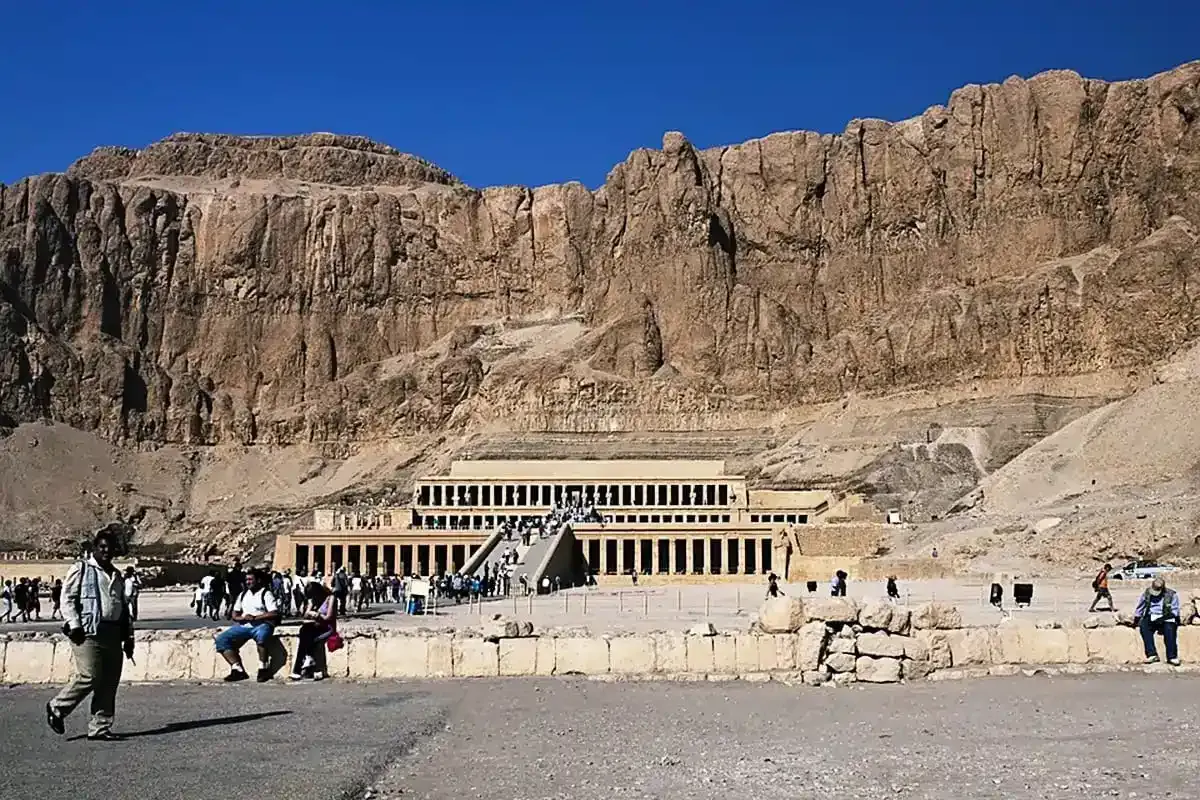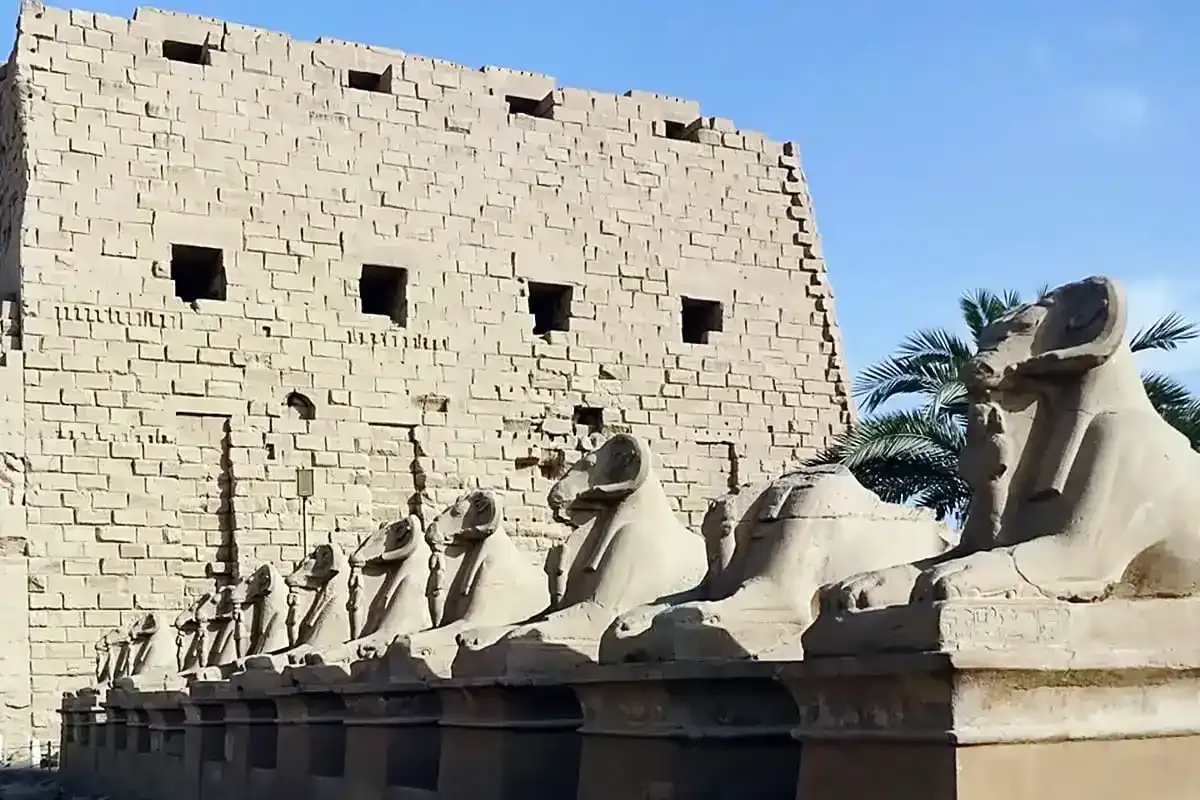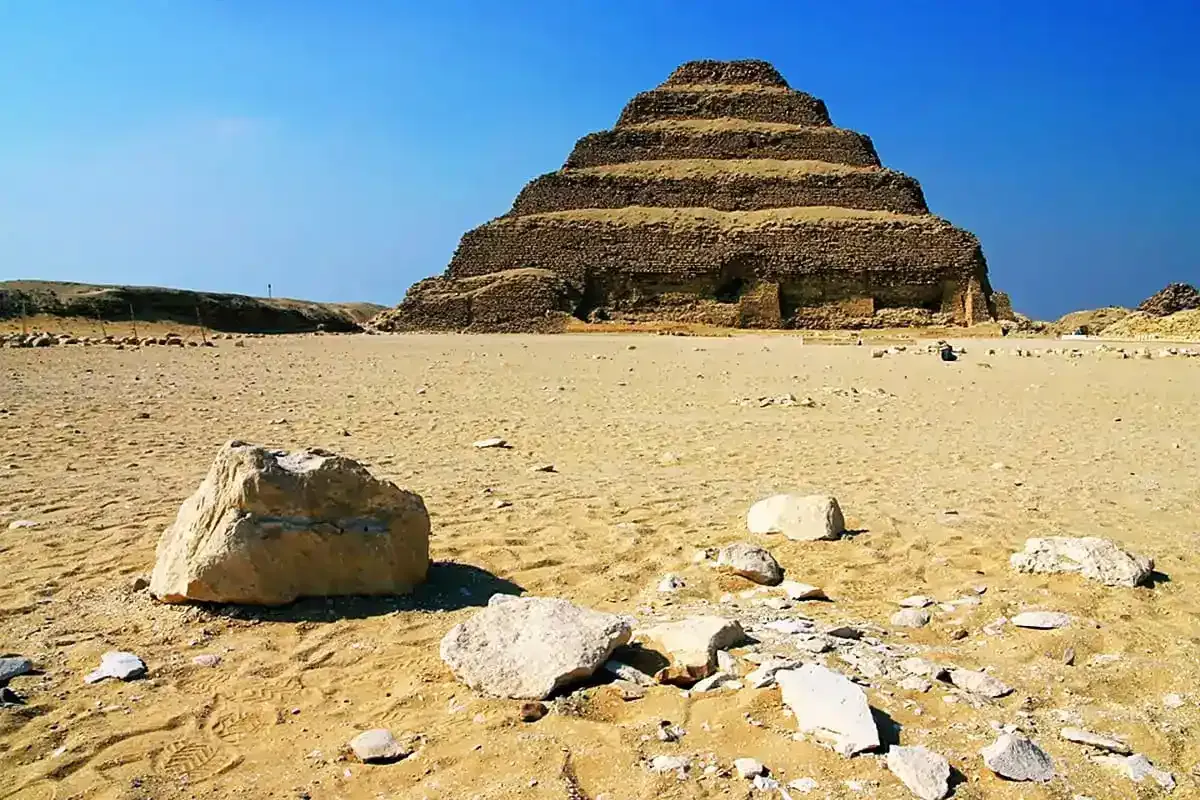Historic Places Worth Exploring in Egypt
Ancient Egypt, one of the most fascinating civilizations in human history, continues to captivate the imagination of millions. From towering pyramids to intricate temples, Egypt is home to some of the world’s most iconic historical sites. Whether you’re a history buff, an archaeology enthusiast, or a traveler eager to explore ancient wonders, Egypt offers a treasure trove of experiences. In this guide, we’ll uncover the best sites to visit in Egypt, taking you on a journey through time.
Why Visit Ancient Egypt?
Ancient Egypt is more than just a collection of old monuments; it’s a window into a civilization that achieved remarkable advancements in architecture, art, and governance. The country’s rich history, vibrant culture, and monumental structures tell stories of pharaohs, gods, and legendary figures like Cleopatra and Tutankhamun. Visiting these ancient sites offers not only a glimpse into the past but also a chance to experience the grandeur of a bygone era.
1. The Great Pyramids of Giza
No trip to Egypt would be complete without visiting the Great Pyramids of Giza. These iconic pyramids, built as tombs for the pharaohs, are among the Seven Wonders of the Ancient World and the only ones still standing. The three main pyramids—Khufu, Khafre, and Menkaure—are massive architectural feats that continue to amaze visitors with their scale and precision.
Nearby, you’ll also find the Great Sphinx, a colossal limestone statue with the body of a lion and the head of a pharaoh. The mystery surrounding its origins and purpose only adds to its allure.
2. The Valley of the Kings
Located on the west bank of the Nile, near Luxor, the Valley of the Kings is one of the most significant archaeological sites in the world. This ancient burial ground is where many pharaohs of the New Kingdom, including the famous Tutankhamun, were laid to rest. The tombs, intricately decorated with hieroglyphs and stunning wall paintings, offer a glimpse into the beliefs and afterlife rituals of ancient Egyptians.
Tutankhamun's tomb, discovered by Howard Carter in 1922, is perhaps the most famous, but the valley is home to over 60 tombs, each with its own unique story to tell.
3. Karnak Temple Complex
The Karnak Temple Complex, located in Luxor, is the largest religious building ever constructed. It was built over 2,000 years, starting during the Middle Kingdom and continuing into the Ptolemaic period. The complex is dedicated to the god Amun-Ra and features towering obelisks, massive columns, and intricately carved statues.
The Great Hypostyle Hall within the temple is one of the most impressive architectural feats of ancient Egypt. Walking through the forest of giant columns, it’s easy to feel transported to a time when the gods and pharaohs ruled this land.
4. Abu Simbel Temples
The Abu Simbel Temples, located in southern Egypt near the border with Sudan, are two massive rock temples built by Pharaoh Ramses II. These temples were carved directly into the mountainside, and the larger of the two features four colossal statues of Ramses II at its entrance.
What makes Abu Simbel even more remarkable is the fact that the entire site was relocated in the 1960s to save it from being submerged by the rising waters of Lake Nasser after the construction of the Aswan High Dam. The effort to move the temples was a monumental feat in itself, showcasing the global significance of this site.
5. Luxor Temple
Situated in the heart of modern Luxor, the Luxor Temple is one of the most well-preserved ancient temples in Egypt. Unlike other temples, Luxor Temple was not dedicated to a single god but was used for the coronation ceremonies of pharaohs.
The temple’s Avenue of Sphinxes, lined with hundreds of sphinx statues, once connected Luxor Temple to Karnak Temple, creating a grand processional route. The temple comes alive at night when it’s beautifully lit, offering a magical experience for visitors.
6. Saqqara
While the Pyramids of Giza often steal the spotlight, Saqqara is equally important in understanding ancient Egyptian history. Saqqara is home to the Step Pyramid of Djoser, the first pyramid ever built in Egypt. This pyramid, designed by the architect Imhotep, marks a turning point in architectural history as it represents the transition from simple mastaba tombs to the more complex pyramid structures that would come later.
Saqqara is also home to other tombs and structures, making it a must-visit for those interested in the early dynastic periods of Egypt.
7. Philae Temple
The Philae Temple, dedicated to the goddess Isis, is another fascinating site in southern Egypt. The temple complex was originally located on Philae Island, but like Abu Simbel, it was moved to a nearby island to save it from flooding after the construction of the Aswan High Dam.
The temple is known for its well-preserved reliefs and inscriptions that depict stories from Egyptian mythology. A visit to Philae often includes a boat ride across the Nile, adding to the allure of the experience.
8. The Egyptian Museum in Cairo
For those who want to dive deeper into the artifacts and treasures of ancient Egypt, the Egyptian Museum in Cairo is an essential stop. The museum houses one of the world’s largest collections of ancient Egyptian artifacts, including the treasures of Tutankhamun, mummies, statues, and everyday objects that offer insight into the life and death of the pharaohs.
The museum provides an excellent complement to the historical sites, allowing visitors to connect the dots between the structures and the items that once filled them.
Related Articles:
- Top 7 Safari Destinations in Africa for Wildlife Lovers
- The Ultimate Travel Guide to the Greek Islands
- Exploring the Wonders of Patagonia: A Traveler's Guide
Conclusion
Ancient Egypt’s mysteries continue to draw travelers from around the world, offering unparalleled experiences that blend history, culture, and awe-inspiring architecture. From the grandeur of the Great Pyramids to the intricate artistry of the Valley of the Kings, Egypt’s ancient sites offer something for everyone.
Whether you’re exploring the iconic landmarks or uncovering lesser-known gems like Saqqara and Philae, a journey through ancient Egypt is a trip back in time, where the past comes alive in every stone and hieroglyph.















0 Comments